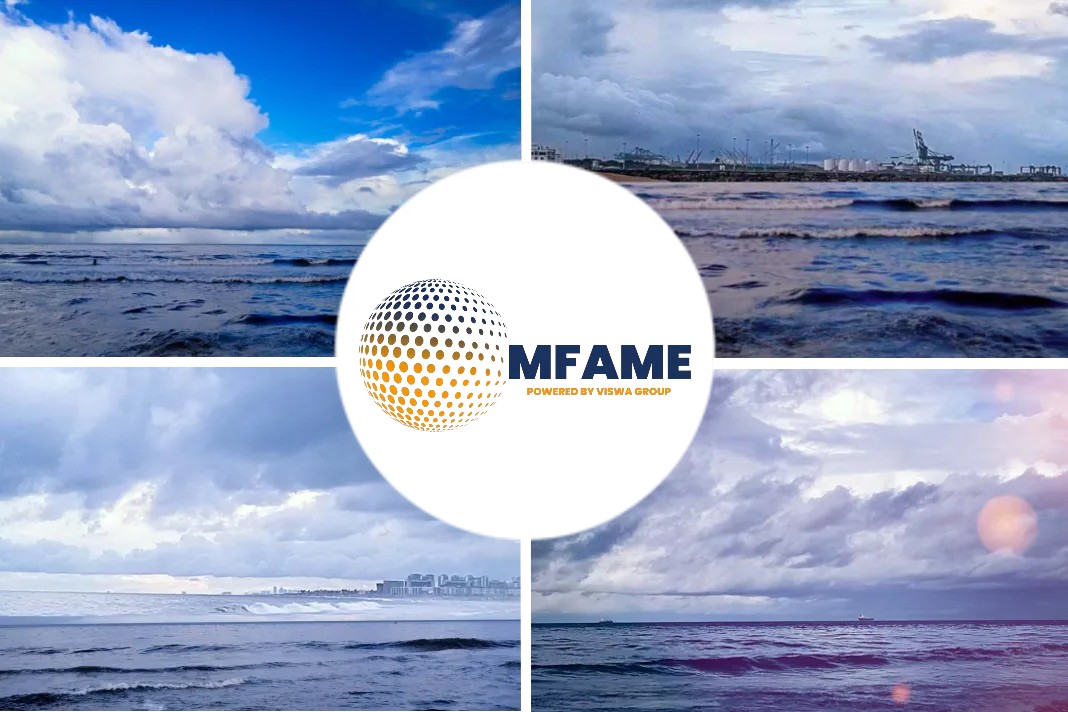Post the IMO2020 Sulphur cap, techniques used for reducing fuel consumption have grown in importance in the shipping industry. But
How is hull friction reduced?
This is an innovative concept of reducing hull friction by means of air lubrication. A layer of air is generated between the specially profiled underside and water surface, so that the vessel effectively glides through the water, reducing drag by 5-15%.
Which vessels benefit the most?
Vessels which are wide-bodied, slow-moving and have a small draft, such as heavy lift and module carriers, should benefit the most from air lubrication systems.
How does the MALS work?
Mitsubishi Air Lubrication System (MALS) is a proprietary technology by MHI that reduces hull friction by blowing out a constant layer of small air bubbles along the bottom of a ship’s hull. Air discharged from blowers is temporarily stored in a head tank and air supply branch pipes connected to the head tank are piped to the air supply portion mounted on the bottom of the hull. One air supply branch pipe is each connected to one air chamber. All of these chambers are recessed.
The MALS was installed in each of twin-designed NYK-Hinode Line ocean-going vessels, the 19,800 dwt YAMATAI and YAMATO; the first in March 2010, and the other in the following November. These two ships are special heavy load carriers with roll-on, roll-off ramp ways for the transport of large prefabricated structures. Their propulsion system is by twin shaft CPP propellers, powered by a pair of diesel engines, maximum rating 3218 kW at 600/196 rmp. The experiments with the air-lubrication system carried out in a variety of normal operating conditions over a two-year period confirmed an average 6% reduction in fuel consumption.
How is this technology useful?
With a growing awareness in the industry that this new technology delivers on its fuel-saving promise, AIDA Cruises ordered MALS to be installed in its two new 125,000 gt cruise ships now under construction at MHI’s Nagasaki Shipyard & Machinery Works. MHI say that the system is expected to reduce fuel consumption by 7% and will be the world’s first such installation in a large cruise ship. Deliveries are scheduled for the spring of 2015 and 2016.
If you have any picture based or text-based challenge that you want to share, email us at experts@mfame.guru.
Did you subscribe for our daily newsletter?
It’s Free! Click here to Subscribe!
Source: wartsila






















